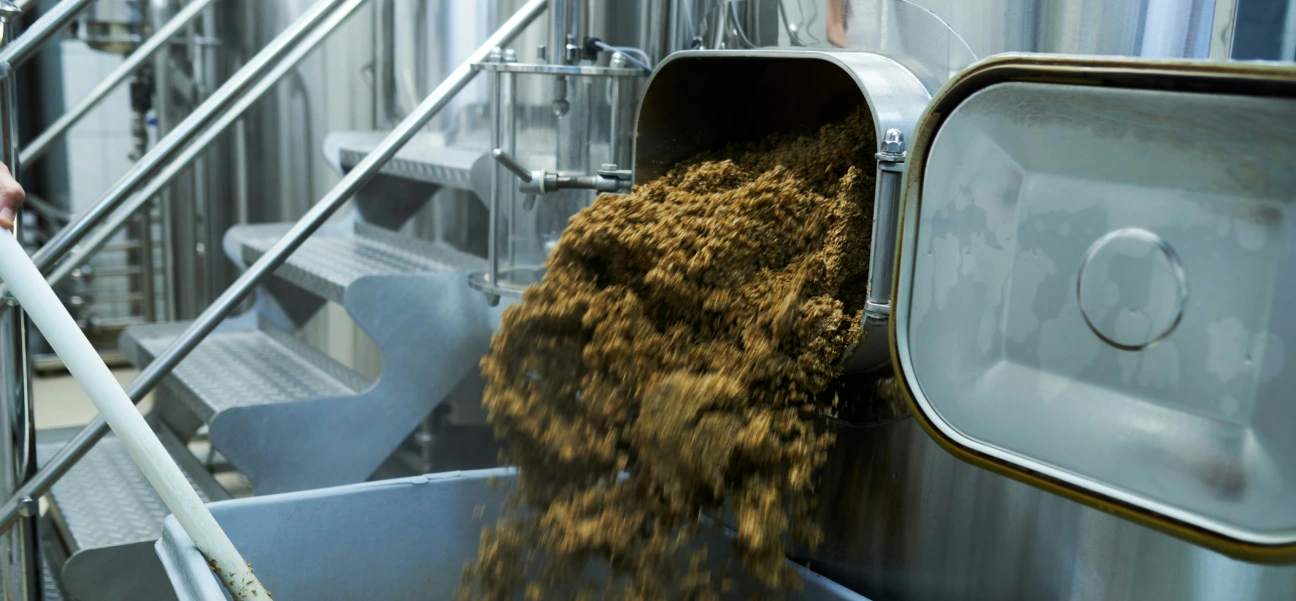
Food drying is one of the oldest and most effective methods of preserving food, extending shelf life, reducing waste, and maintaining the nutritional integrity of ingredients. There are however various drying methods, each with its own benefits. In this article we'll explore the most popular food drying methods, their advantages, and industrial applications.
Food drying is a way to keep food longer by taking out moisture. This process helps prevent spoilage and makes food lighter and easier to store. When there is less water, bacteria, yeast, and mold cannot grow as easily. This method has been used for a long time and is very effective. Dried foods, like fruits, herbs, spices, and grains, often keep their nutrients. There are different drying methods, including sun drying, air drying, freeze drying, and spray drying. The choice of method depends on the type of food and the quality you want.
There are several methods of drying food, each with its unique advantages and challenges. Learning about these methods helps food business owners and supply chain managers make smart choices that improve efficiency and product quality.
Air drying, which is similar to sun drying, uses moving air to take moisture out of food. You can do this method inside or outside, depending on the equipment and facilities you have available.
Sun drying is an old and low-cost way to dry food. It means putting food in direct sunlight so the heat helps remove moisture. This method works best in sunny areas and is often used for drying fruits, vegetables, and grains.
Freeze drying, also known as lyophilization, is a more advanced and modern method of food drying. It involves freezing the food and then reducing the surrounding pressure to allow the frozen water in the food to sublimate directly from solid to gas.
Spray drying converts liquid food into a powder by spraying it into a heated chamber. This technique is common for dairy powders, protein powders, and starches. It allows for rapid drying with minimal nutrient degradation but requires specialized equipment. Spray drying is preferred for producing instant coffee, powdered flavorings, and baby formula due to its efficiency in handling high volumes.
Finding reliable suppliers is important for keeping dried ingredients consistent and high-quality. Nutrada makes the sourcing process easier by connecting B2B buyers with reliable suppliers of dried ingredients in bulk. Buyers can filter options by drying method, certification, and supplier reliability, helping them make informed choices.
Important considerations when sourcing dried ingredients include: